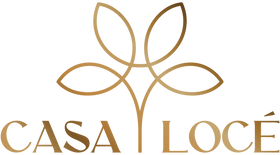Intro to Vineyard Tours | The Best Nearby
List of Things To Consider When Looking for Vineyard Tours in California Regardless Of Your Knowledge Level on Wines
Casa Loce’s Opinion on Things to Consider When Looking For Vineyard Tours in California
In our opinion, focus on finding one that suits your comfort level when booking a vineyard tour in California. Look for a welcoming atmosphere where you can ask questions freely. A good tour balances education with fun—learning about winemaking while enjoying tastings. Choose a vineyard with scenic views to make the experience even more enjoyable. Lastly, check if they offer food pairings or special events for an extra touch. The best tours leave you with great wine and unforgettable memories.
Key Takeaways
- Comprehensive tours are a must when selecting vineyards, as these provide insight into making wine and their history.
- Your preference should dictate the ambiance of your chosen vineyard, with options ranging from casual to sophisticated.
- To guarantee knowledgeable guides, leverage reviews on the internet along with recommendations.
- Strategize your visit based on peak seasons as well as less busy periods.
- Look into amenities available on-site, like fine dining establishments, spots for picnics, or wellness facilities. This ensures that your experience is complete and enjoyable.
Different Types of Wine
In California, vineyard tours engage visitors in an in-depth exploration of diverse wines.
Wine varietals are defined by the particular grape species used in wine production. Each one imparts a unique personality to the wine, shaping its taste, aroma, color, and overall traits. For example, Cabernet Sauvignon, a red grape varietal, offers a robust, full-bodied flavor enriched with blackcurrant and plum notes. On the other hand, Chardonnay, a white grape species, delivers a fresher, lighter taste with apple, pear, and citrus hints.
Appreciation for these flavors is vital to understanding the intricate art of winemaking. A wine's flavor profile results from its primary (fruit), secondary (fermentation), and tertiary (aging) flavors. Such profiles present a symphony of taste, engaging the palate with a delicate balance between sweet, sour, bitter, and occasionally salty notes.
Choosing the Right Vineyard
Choosing your ideal vineyard for touring in California can seem challenging, given the numerous distinguished wineries available. However, focusing on the atmosphere of the place along with the qualifications of the tour guide simplifies this decision significantly.
The atmosphere plays a role in enriching your overall vineyard experience. Vineyards often express a laid-back, casual vibe, or embody an elegant, sophisticated aura. Your choice should reflect personal preferences. Do serene vineyards with scenic backdrops attract you, or is a formal, structured setting offering wine-tasting sessions and gourmet food more appealing? A suitable environment will indeed heighten your wine understanding and enjoyment.
Considering the qualifications of your tour guide is essential as well. Engaging with a guide who is knowledgeable and passionate can animate the vineyard, sharing rich narratives about the history, wine-making process, and distinctive attributes of the wines made there. Seek recommendations and read reviews to ensure your chosen guide can deliver an informative, engaging tour. A competent guide can transform a vineyard tour into an unforgettable experience.
Planning Your Visit
Consider the optimal visiting times and research reservations. Optimal visiting times typically span from late spring to early fall. During these periods, grapes are in full bloom, offering the most picturesque views of vineyards. Still, visits during off-seasons can offer unique experiences and usually fewer people.
Strategic reservations are key to a seamless visit. Pre-booking is often required at many vineyards, particularly during peak seasons. Booking well ahead of time ensures you secure your preferred dates.
Here are a few points to keep in mind while planning:
- Investigate the vineyard's busy and quiet periods.
- Consider reserving your visit well ahead of time.
- If planning to visit with friends or family, review the vineyard's group visit policies.
- Think about transport options to and from the vineyard.
- Ask about any special events or programs during your chosen visit dates.

Wine Tasting Tips
There is such a thing as wine-tasting etiquette. This involves skillful handling of the wine glass by its stem, not its bowl. The gentle swirling of the wine helps release its true aroma. Before taking any sips, ensure to smell it. Small sips are advised for a better understanding of the wine's flavor.
Recognizing varied flavor profiles is crucial. Wine flavors can vary from sweet to dry, and light to full-bodied. Fruit, spices, and other components add to a wine's flavor profile.
Wine tasting and its enjoyment rely on personal experiences. It means what you prefer may not be something that others don’t. Appreciate your distinctive palate, relishing the exploration of diverse wines. Vineyards' beauty, the subtlety of wine flavors, and wine tasting's overall experience - all contribute to a remarkable journey.
Exploring Other On-Site Amenities
Vineyards offer more than just wine tasting; they host an array of amenities. Here are a few things to expect from this experience:
- Fine Dining: They often feature a culinary adventure that pairs beautifully with the wines.
- Picnic Spots: Some have locations for picnics. Here, visitors savor their wine amid a scenic view.
- Informative Tours: Some offer tours that help visitors understand its history and the artistry of wine-making.
- Art Collections: They might surprise visitors with art exhibits.
- Wellness Centers: Some even have wellness centers, offering vinotherapy treatments for relaxation.
Regardless of whether you're a wine expert, a lover of fine food, a history enthusiast, an art aficionado, or simply seeking tranquility, vineyards in California ensure an unforgettable, immersive experience for all.
Frequently Ask Questions
What time of year is best to do a vineyard tour?The best time of year to do a vineyard tour is typically in the fall, specifically during harvest season which runs from August to October. This is when the grapes are ripe and ready for picking, and many wineries also have special events during this time.
What month is best for the vineyard?The best month for a vineyard visit is usually September. This is the peak of the harvest season in most vineyard regions, providing visitors with an opportunity to witness the grape harvesting process.
Is wine cheaper at a vineyard?Wine is not necessarily cheaper at a vineyard. While some vineyards offer discounts on their wines, others may charge the same price or even more than what you would find in a retail store. It depends on the vineyard's pricing strategy.
What should you wear to a vineyard?Wear comfortable clothing and shoes when visiting a vineyard. The ground may be uneven, and you might be walking through fields. Also, consider the weather, as vineyards are typically outdoors, and bring a hat or sunscreen if necessary.
Why do wineries pick grapes at night?Wineries pick grapes at night because the cooler temperatures preserve the grape's natural acidity and prevent premature fermentation. This results in a more balanced and flavorful wine.
What month do vineyards bloom?Vineyards typically bloom in the spring, usually around April or May. This is when the vine starts to grow and the flowers, which will eventually become grapes, start to appear.
What is the best time of day to go to a vineyard?The best time of day to visit a vineyard is usually in the morning. This is when the light is best for viewing the vineyard and the temperature is cooler.
Why do wineries close so early?Wineries tend to close early because they need time to process the grapes they've harvested during the day. It also allows for the cleaning and maintenance of equipment and facilities.
What is the lifespan of a vineyard?The lifespan of a vineyard varies greatly, but on average, a vineyard can remain productive for about 20 to 30 years. However, with proper care and management, some vineyards can produce quality grapes for up to 100 years.
Which direction should a vineyard face?A vineyard should ideally face south in the northern hemisphere and north in the southern hemisphere. This allows for maximum sunlight exposure which is essential for the growth and ripening of the grapes.
Who tends to a vineyard?A viticulturists or vineyard manager tend to a vineyard. These professionals are responsible for overseeing the growth and health of the vines, managing pests and diseases, and ensuring optimal harvest conditions.
What is the difference between an orchard and a vineyard?An orchard and a vineyard are both areas of land used for growing fruit, but the main difference lies in what they produce. An orchard typically grows trees that produce fruits such as apples, pears, and peaches, while a vineyard is specifically designated for the cultivation of grapevines for wine production.
Join us for a look into our elegant approach to winemaking and gracious hospitality. We welcome our members and their guests by appointment only. Become a member or book an event by visiting CasaLoce.com
Casa Locé
Upper Ojai California
10065 N Ojai Rd, Ojai, CA 93023
https://maps.app.goo.gl/E7YQCnXAFHq1bKz46




